The education sector in Katsina State is facing a severe crisis, with high numbers of out-of-school children, low attendance and participation rates, and poor learning outcomes.
The chief of field at the United Nations Children’s Fund (UNICEF) field office in Kano, Rahama Mohammed Farah, disclosed this at a media dialogue on “Retention, Transition, and Completion (RTC) and Re-entry Guidelines for Adolescent Girls in Katsina State.”
Farah said the state’s education indicators are among the lowest in the country, with 536,122 children out of school and a primary school completion rate of 62.5 percent. He noted that insecurity, poorly resourced schools, and low teacher competency levels are some of the factors contributing to the crisis.
“With regards to Katsina State, the number of out-of-school children has been high (536,122 children) but is progressively reducing over the last eight years from 36.9 percent in 2016 to 35.5% in 2021 (MICS) and a projected 30% by 2024 if commitments to education and investments are sustained.
“Primary school completion rate in Katsina State averages 62.5 percent compared to the national average of 73.1% and 56.1% for the northwest, respectively. Senior secondary school completion rates are low, with only 32 percent of children enrolled completing their education (MICS 2021),” he said.
However, Farah commended the Katsina State government for its efforts to address the crisis, including increasing its educational budgetary allocation and recruiting additional teachers. He also highlighted UNICEF’s support to the state, including providing social cash transfers to keep children in school and enrolling over 123,575 learners on the Nigeria Learning Passport platform.
He called on the media to partner with UNICEF and the state government to ensure every child has equal opportunities to enrol, participate, transition, and complete their education in a safe and conducive environment.
The highlight of the discussion was the success stories of the programmes presented by various stakeholders in the education sector, including the government. No fewer than 2 706 solar radio systems were distributed to students for learning programmes.

 4 months ago
40
4 months ago
40
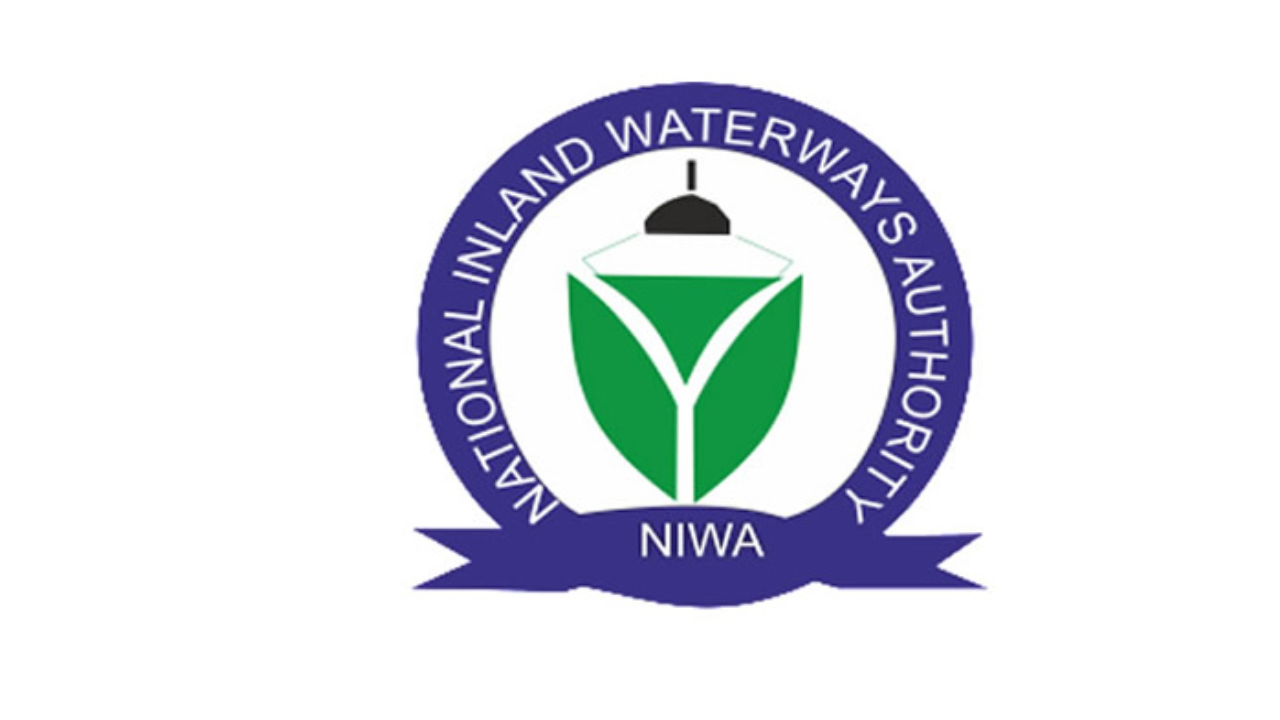

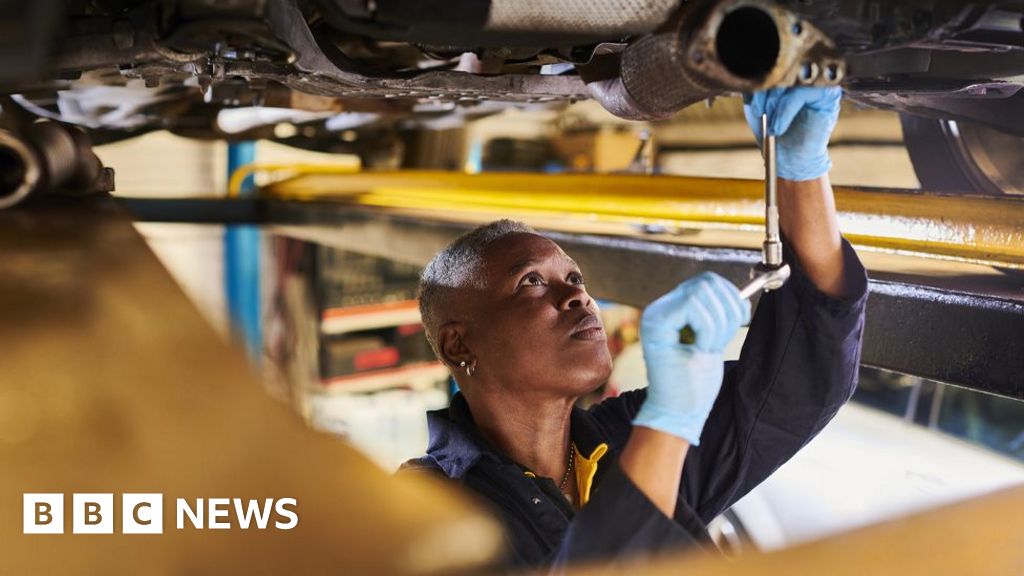

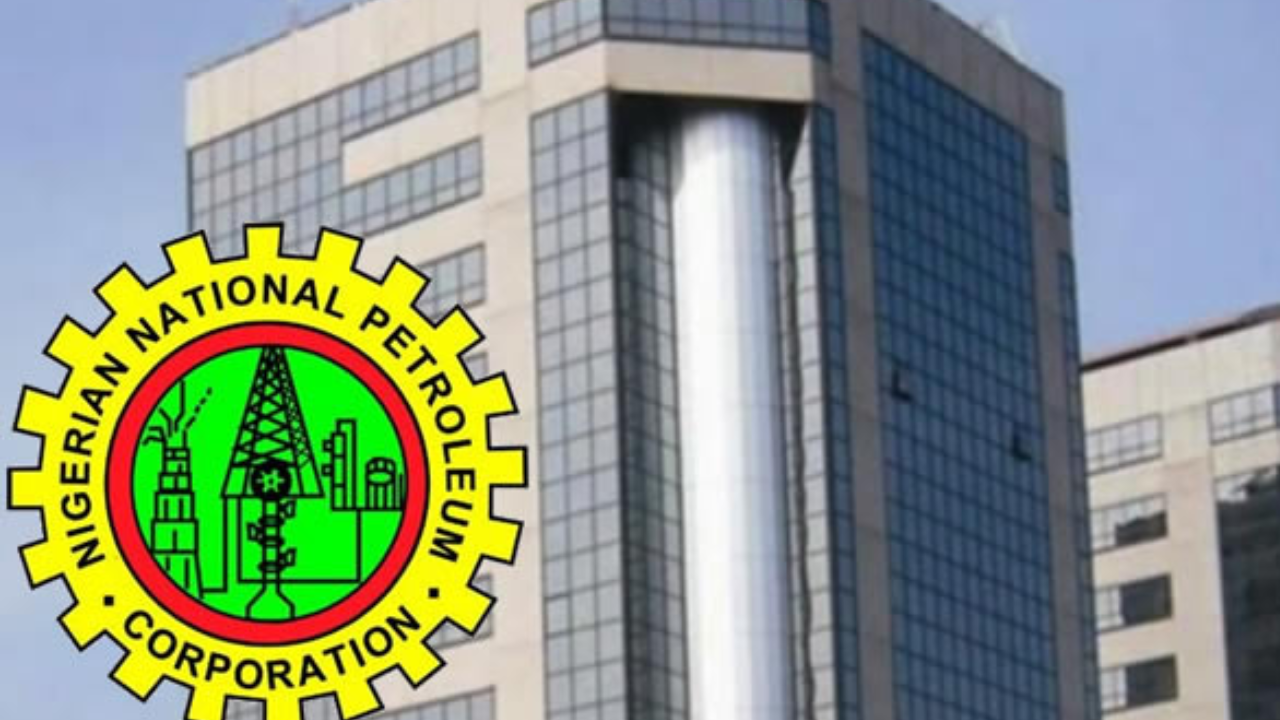



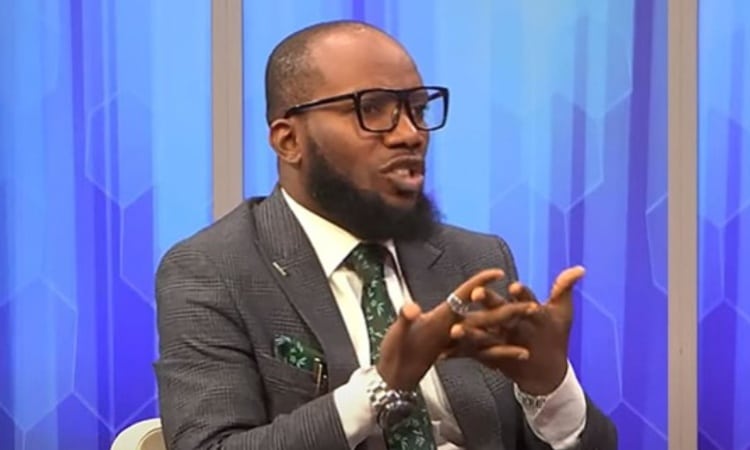


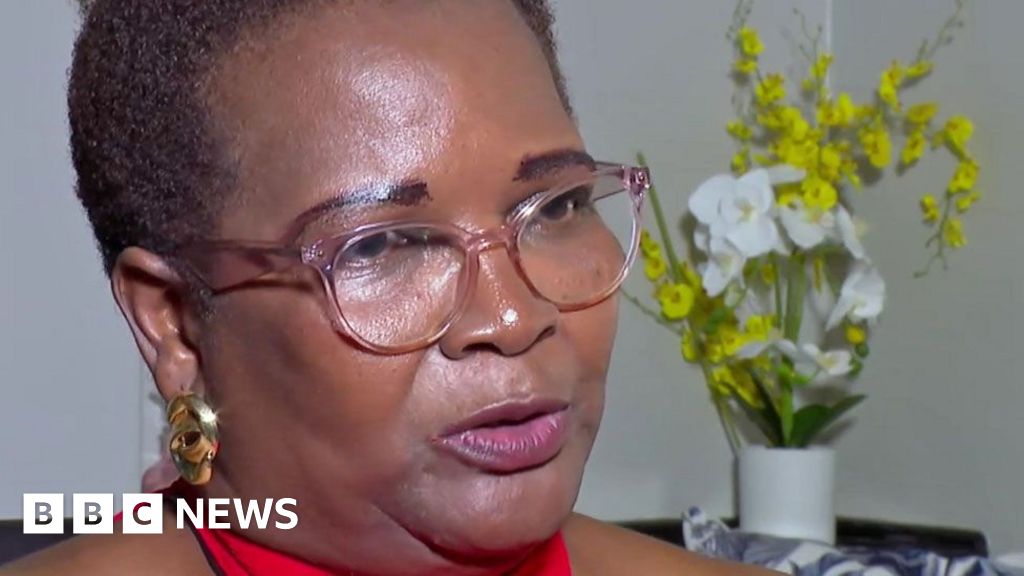
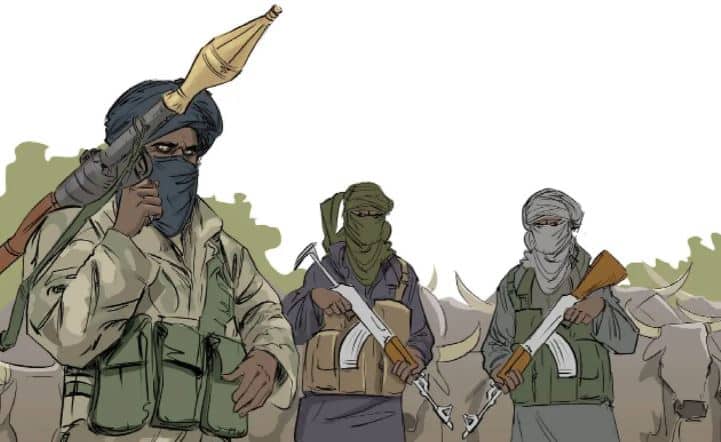


 English (US) ·
English (US) ·